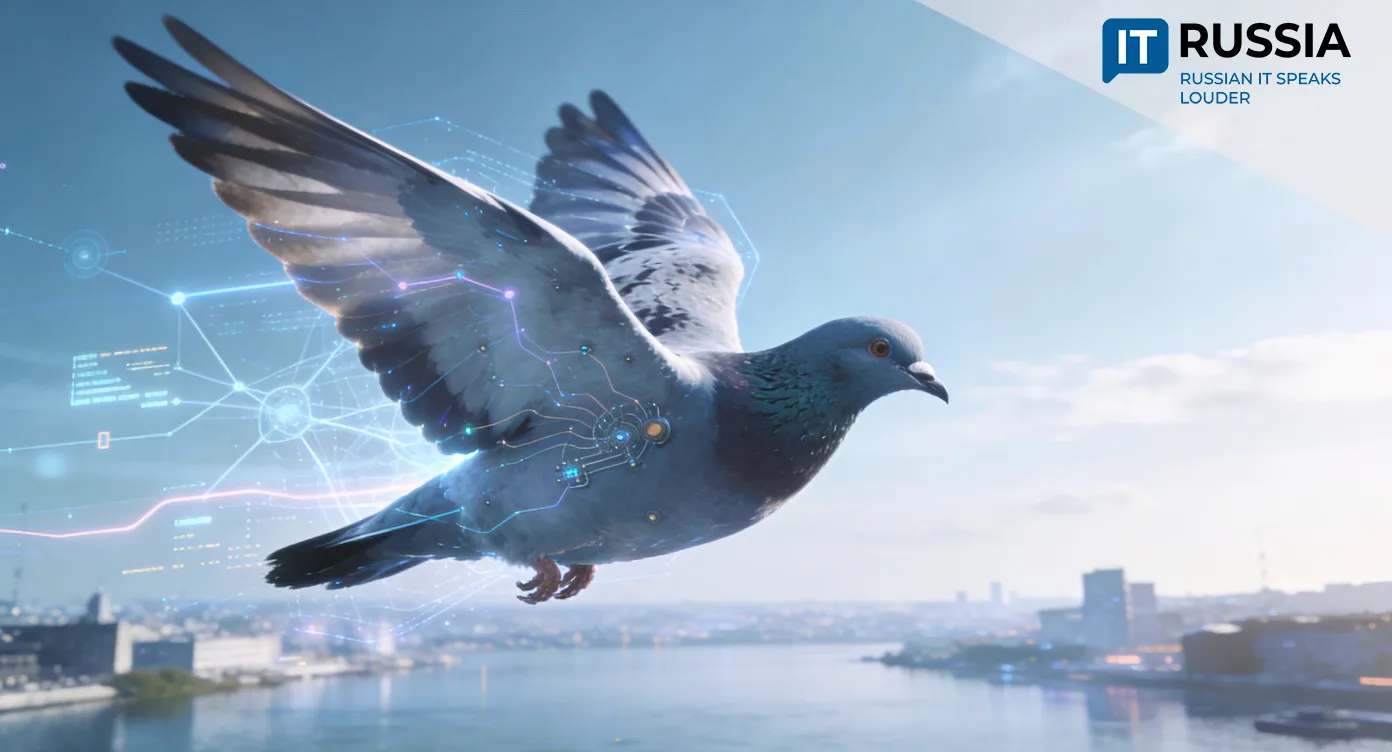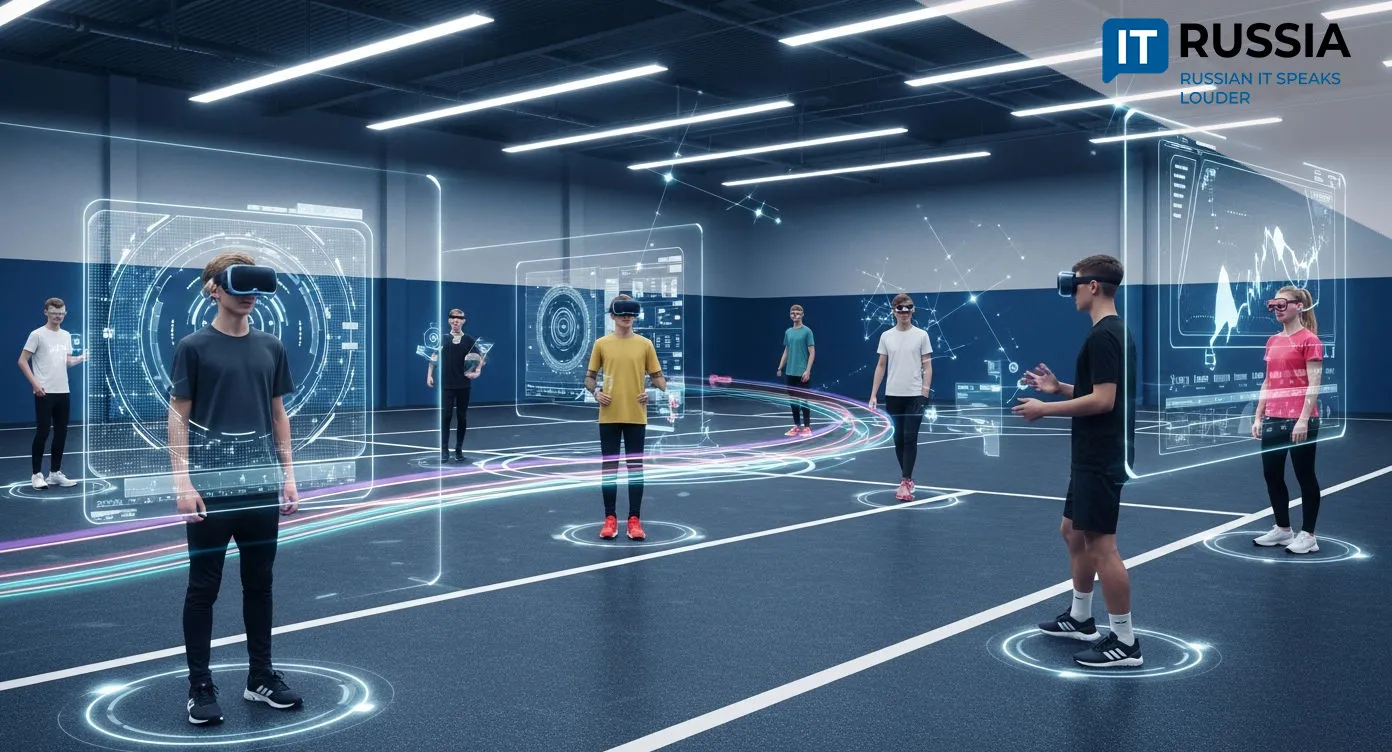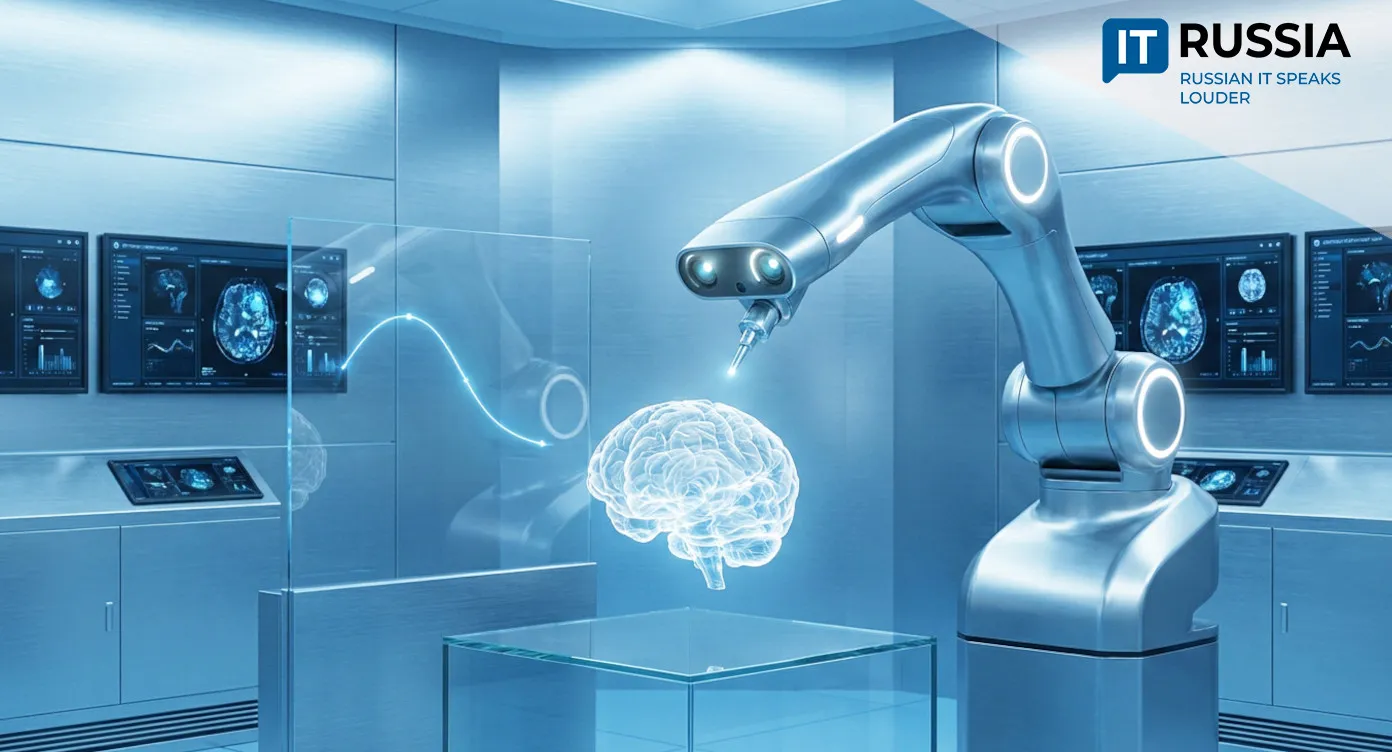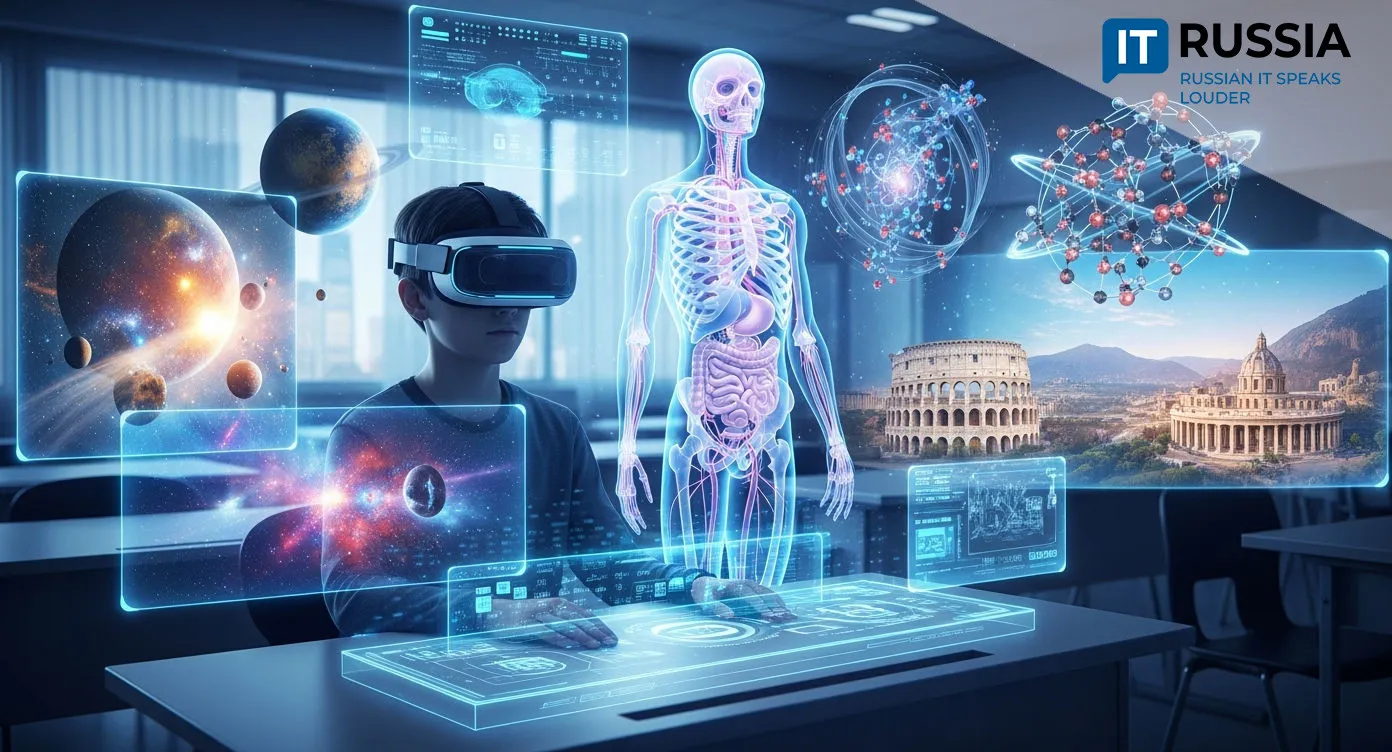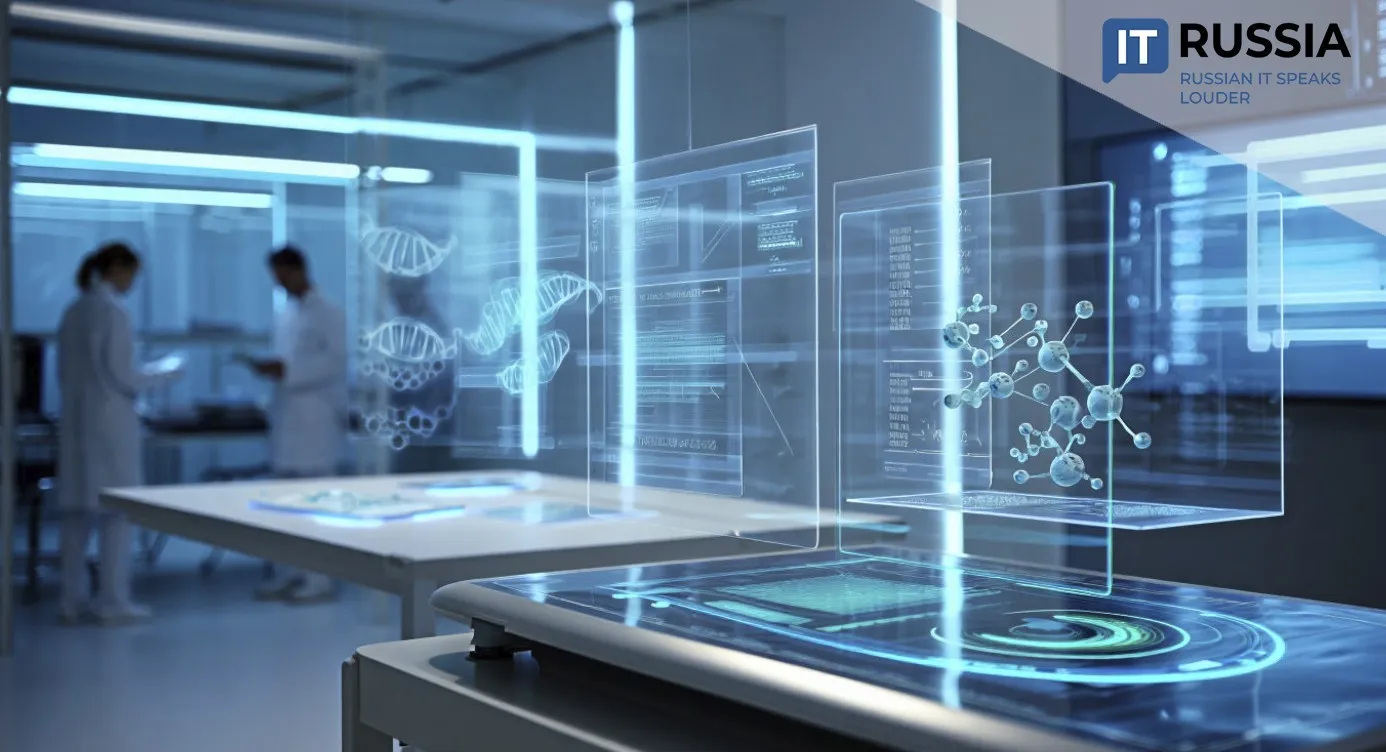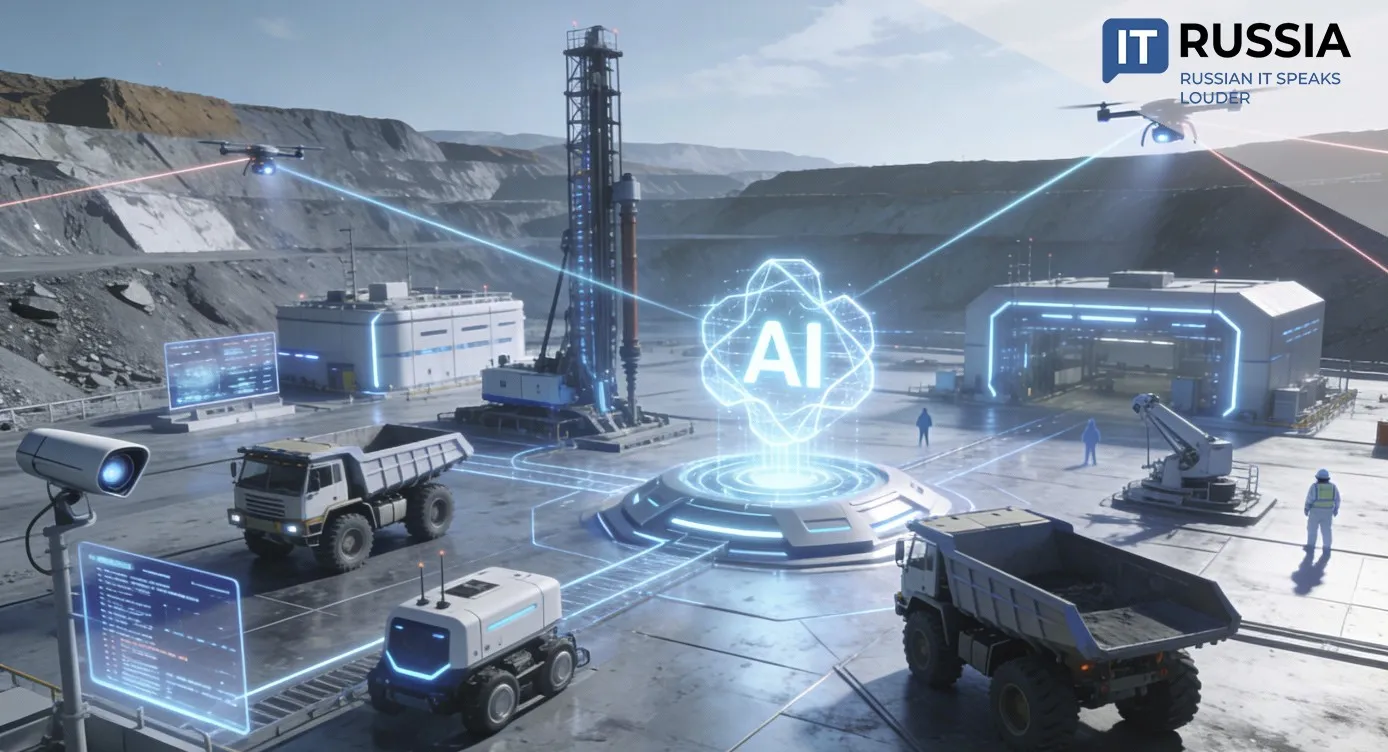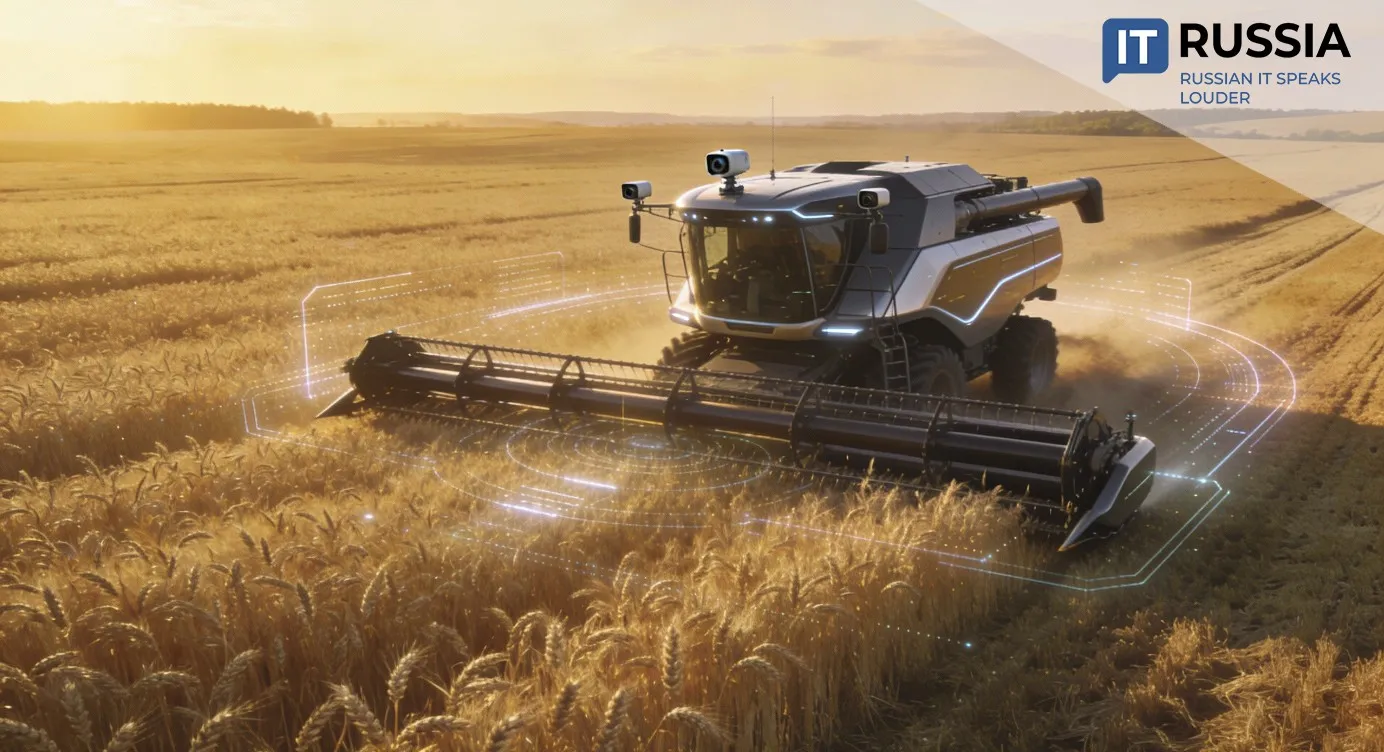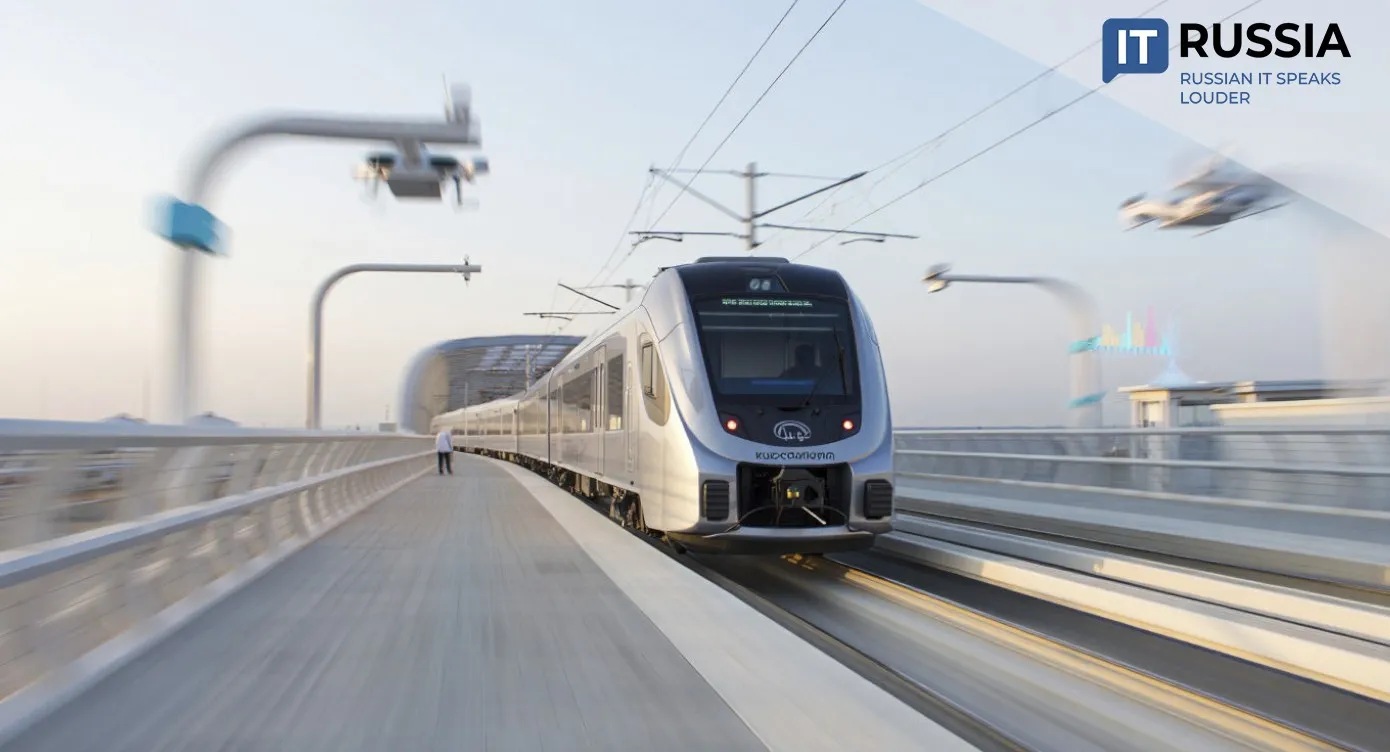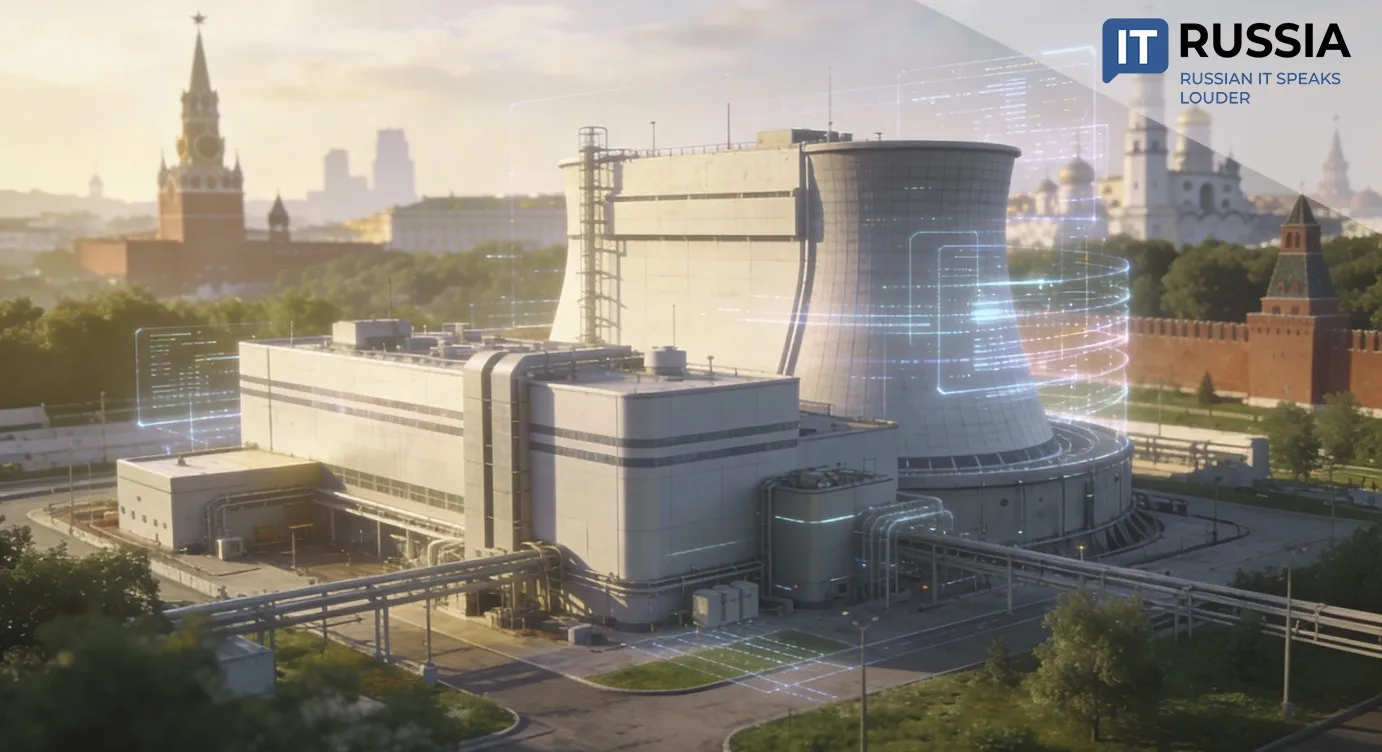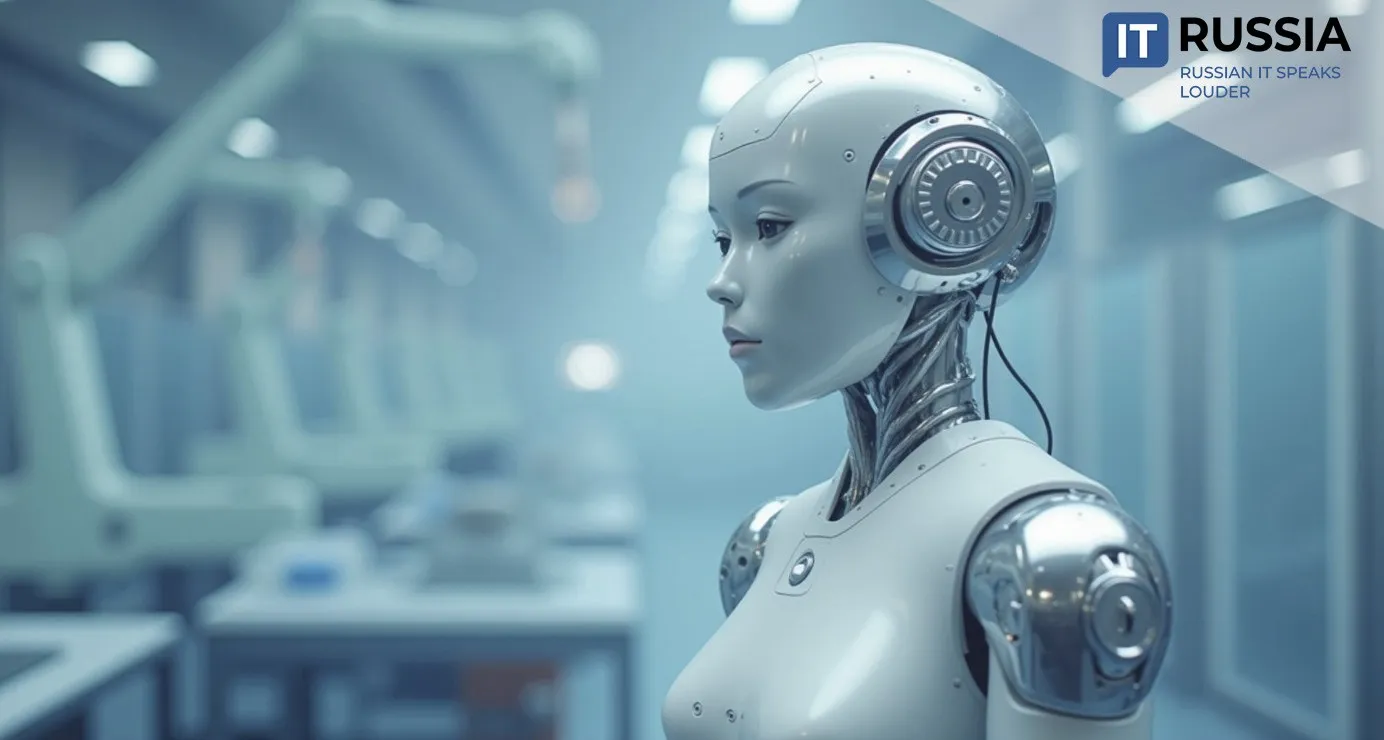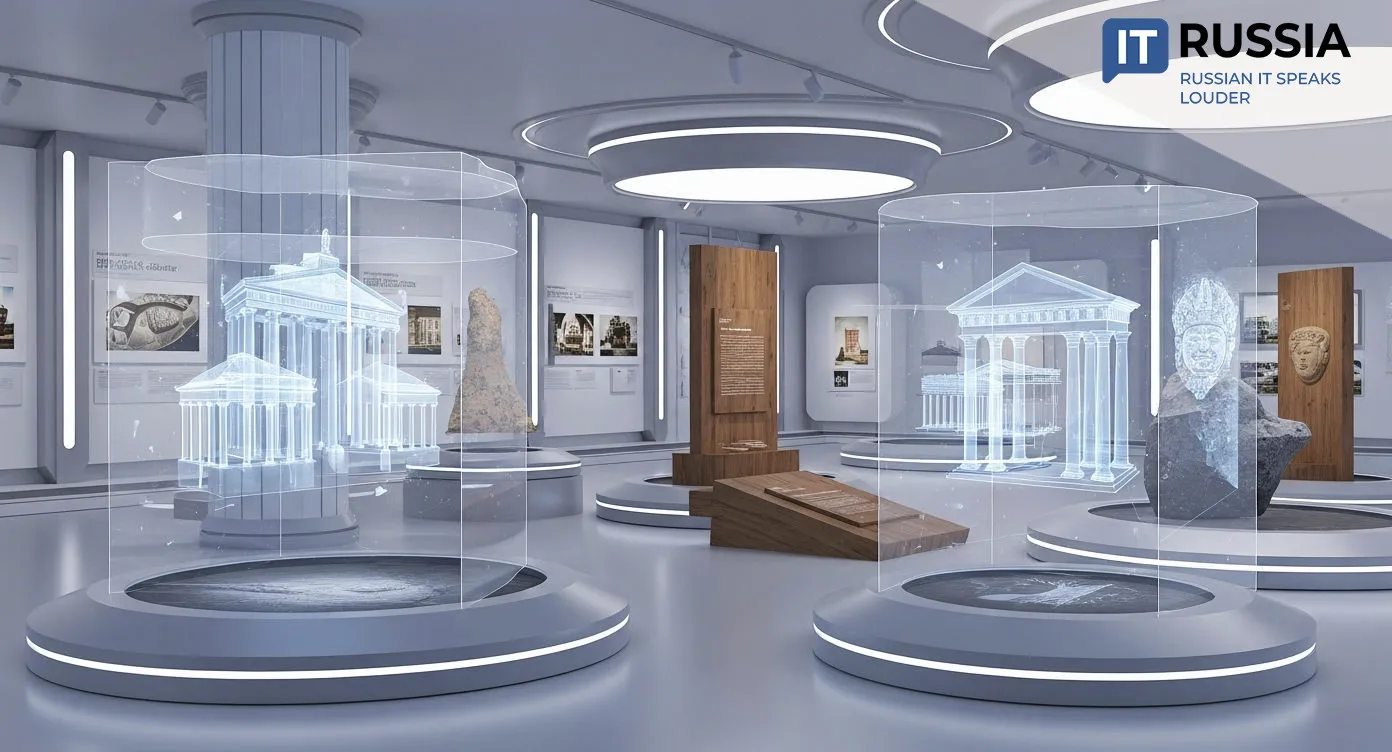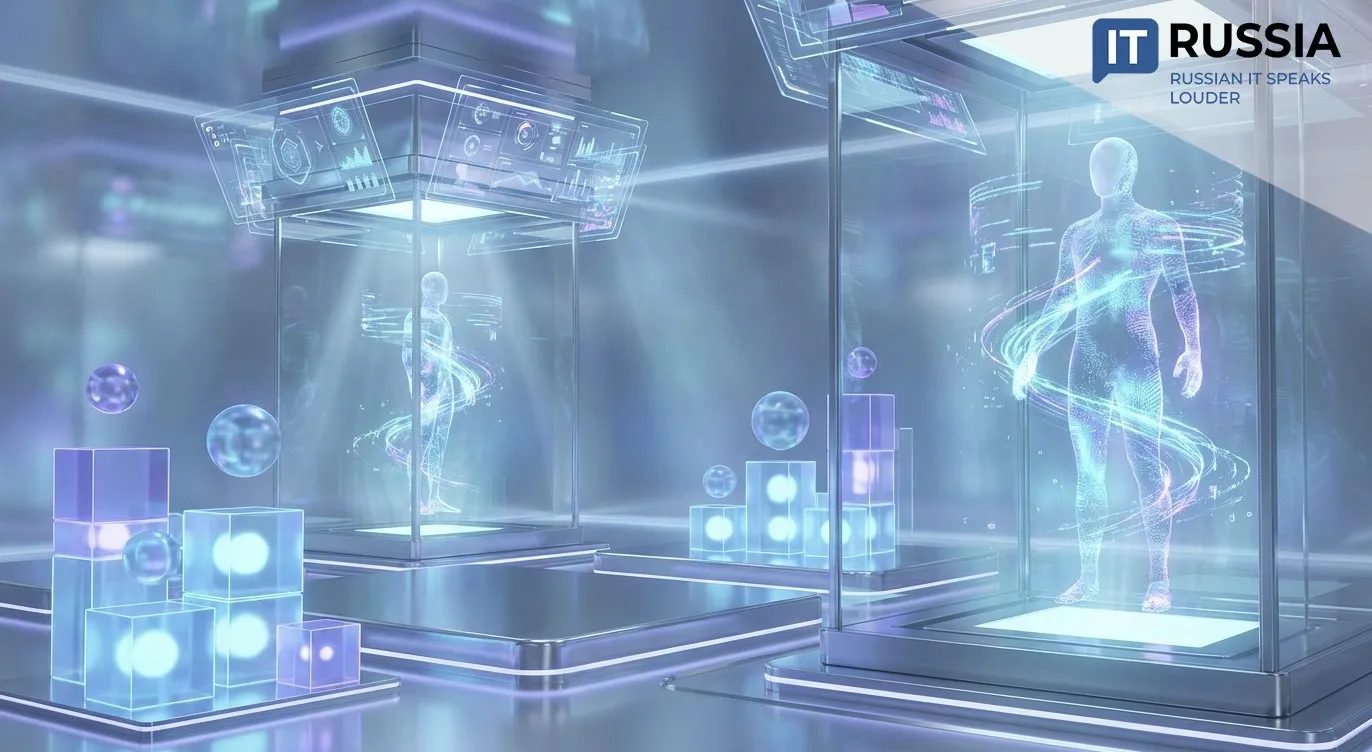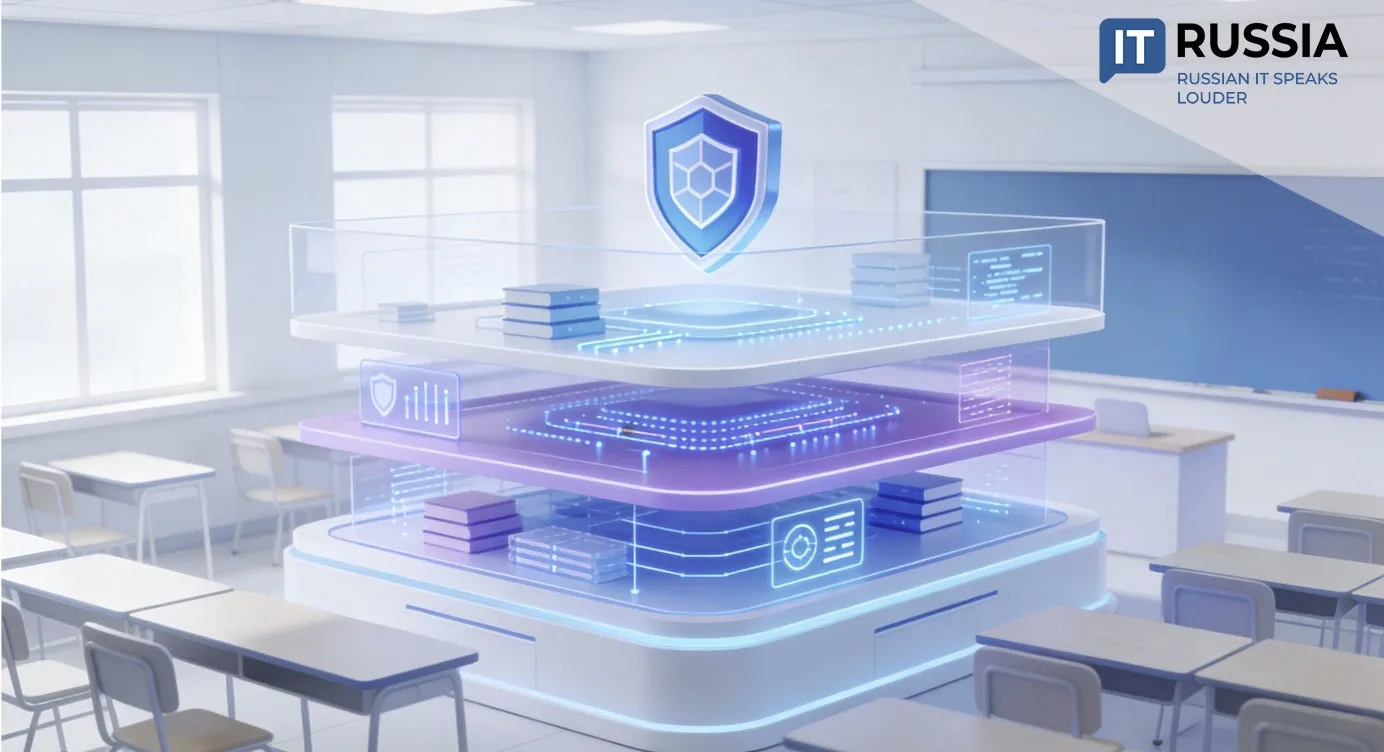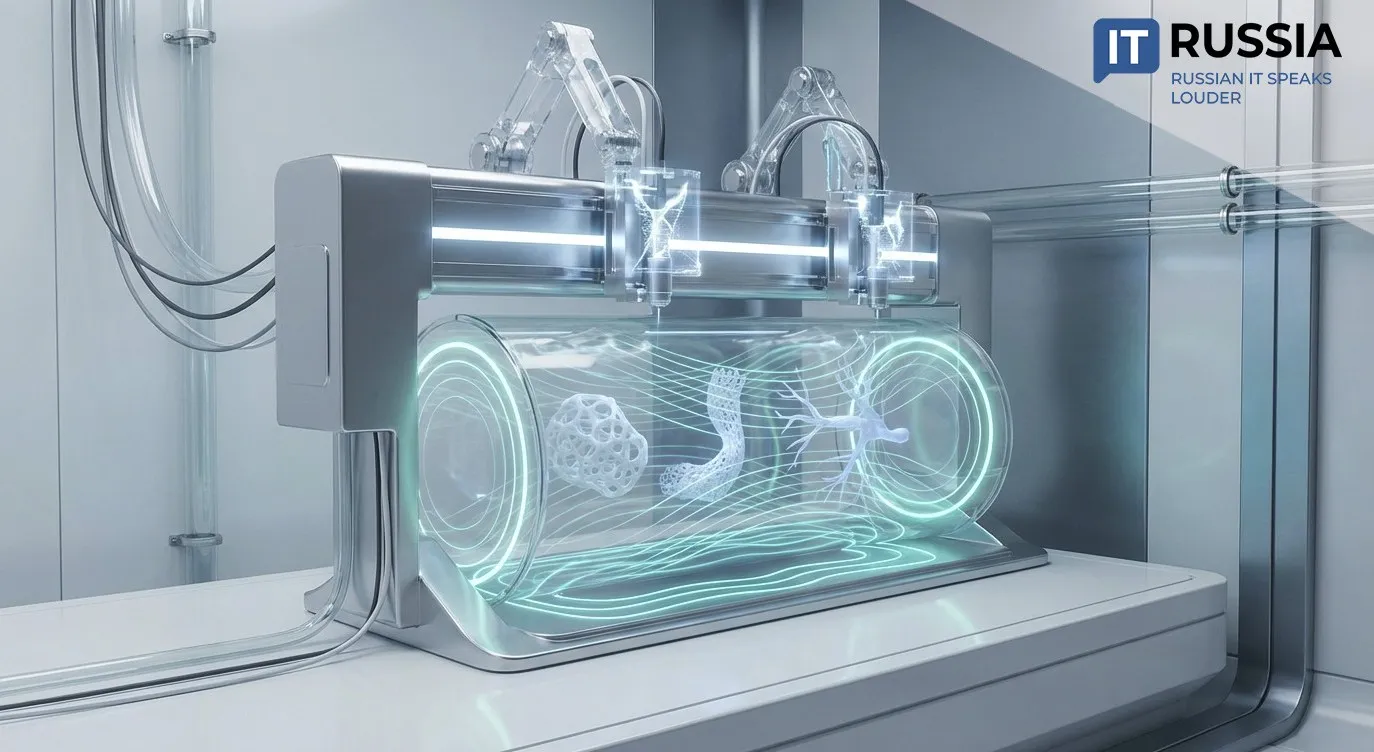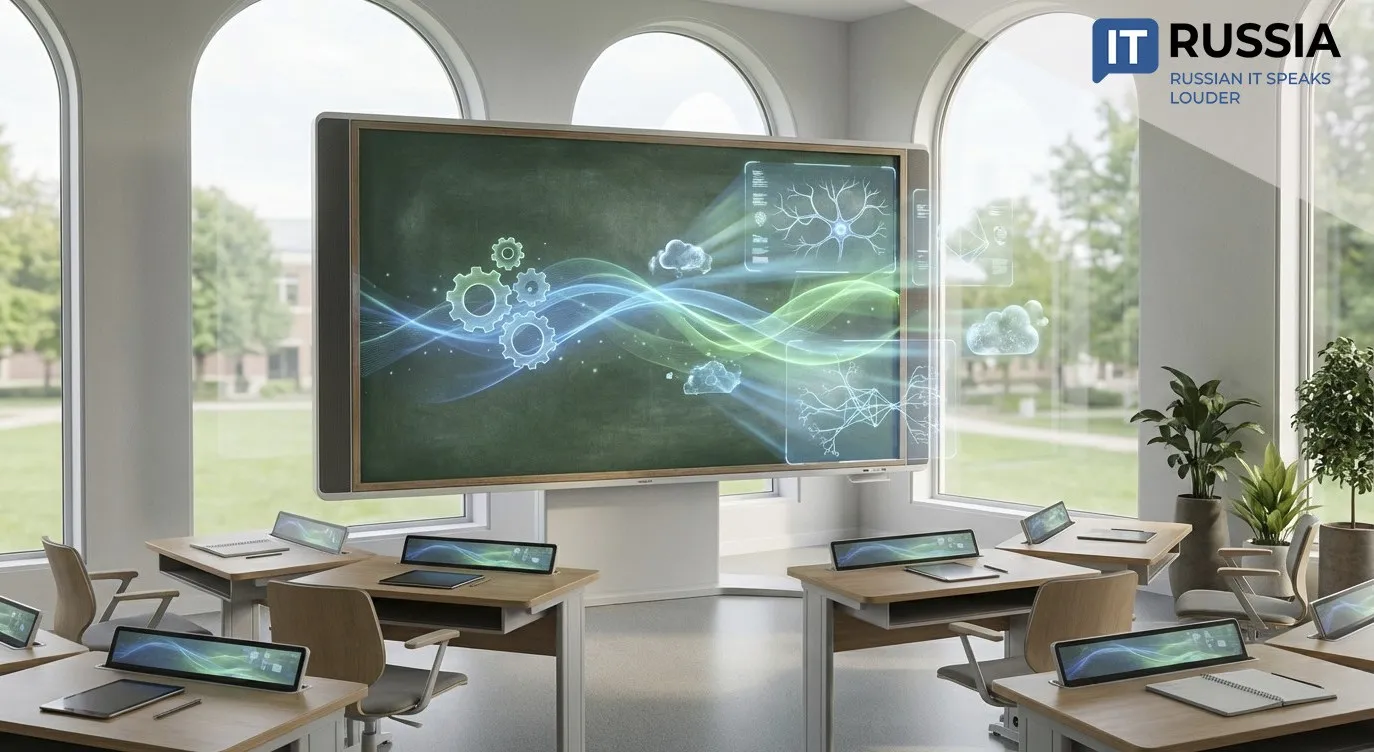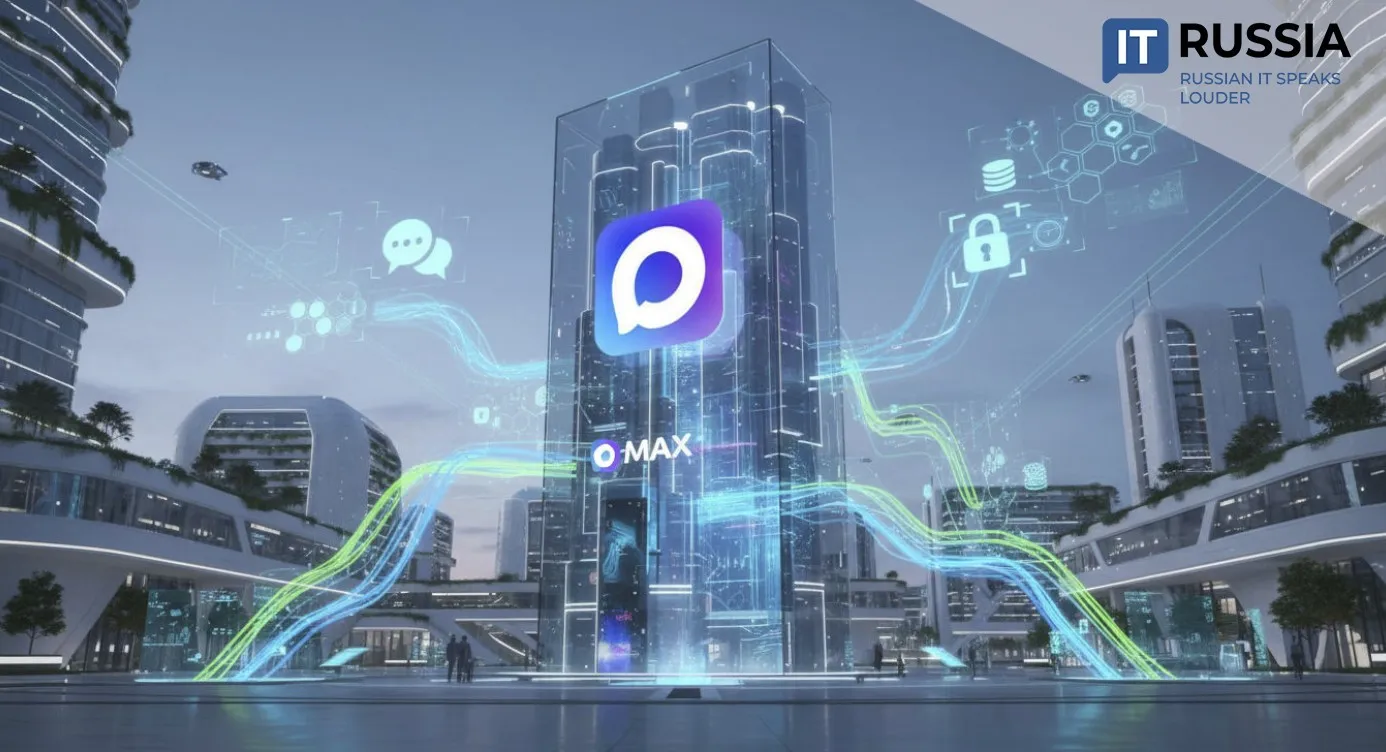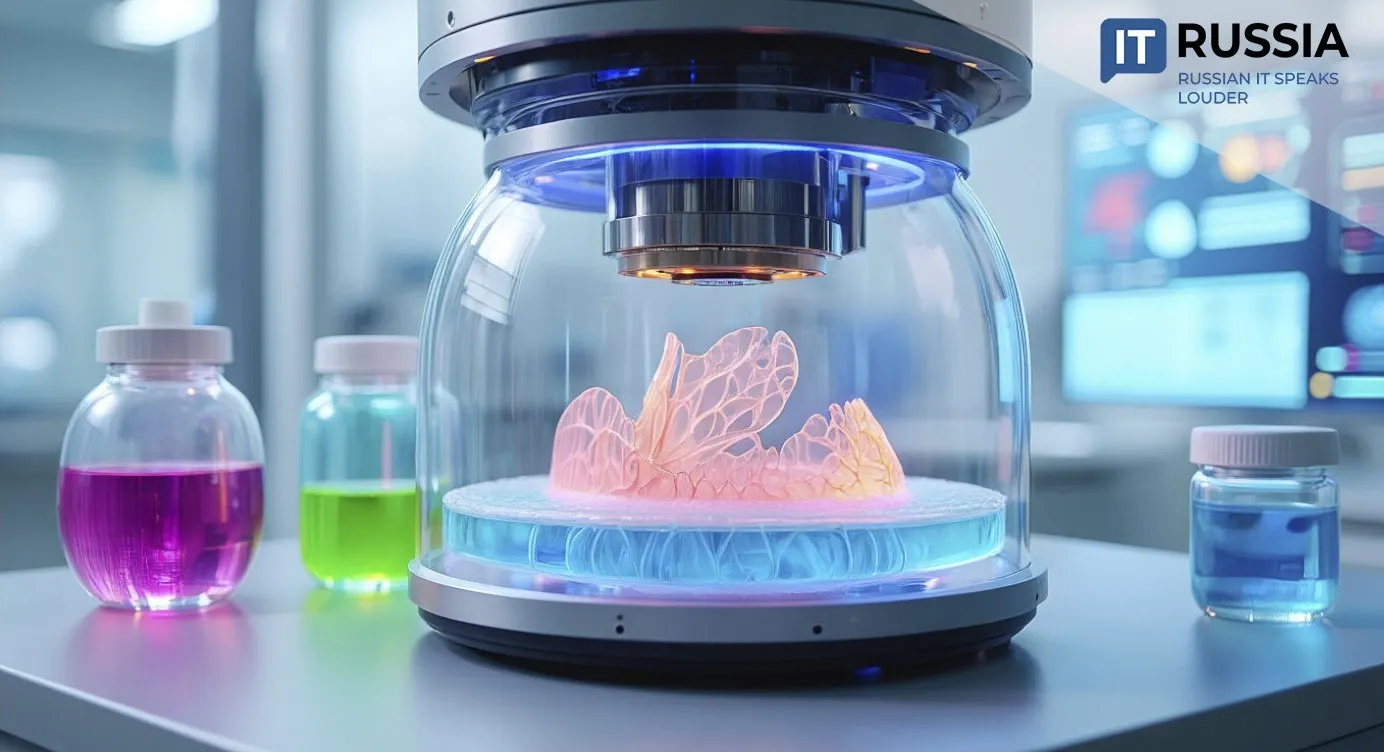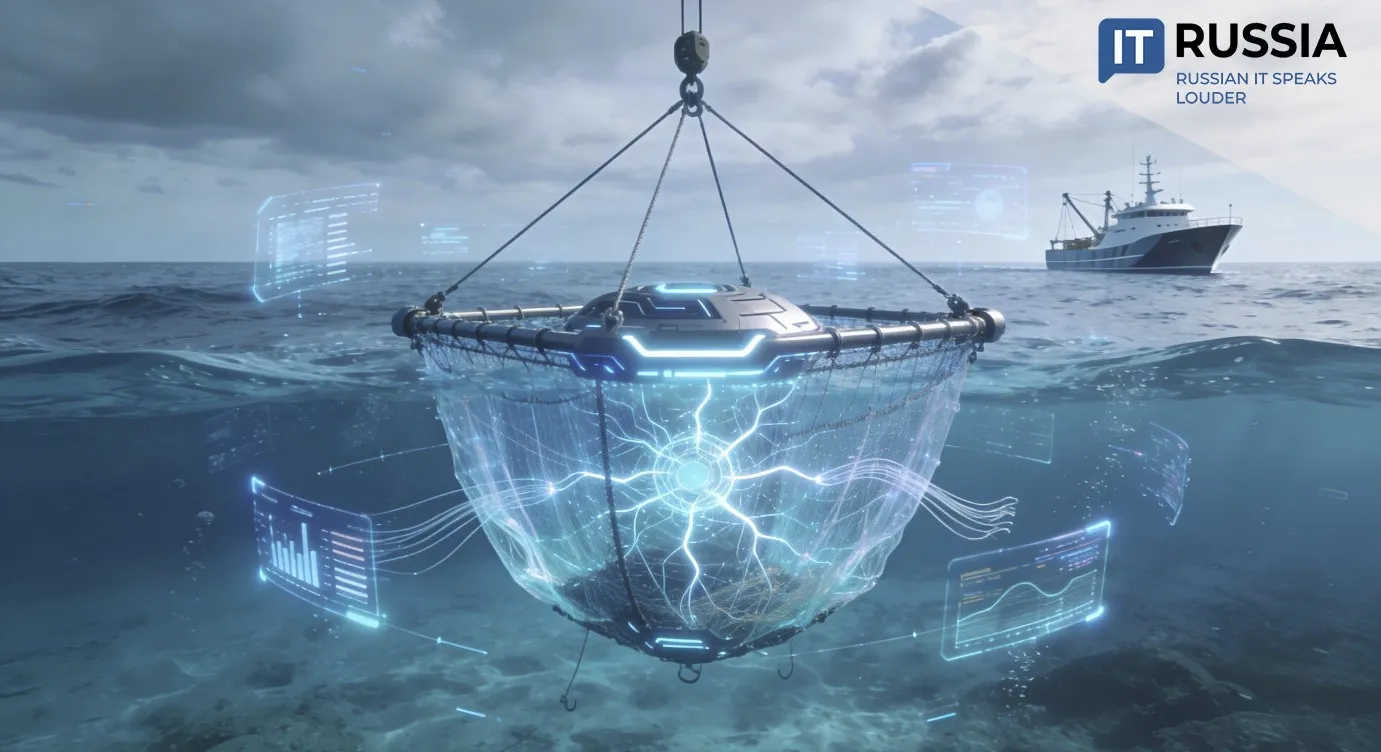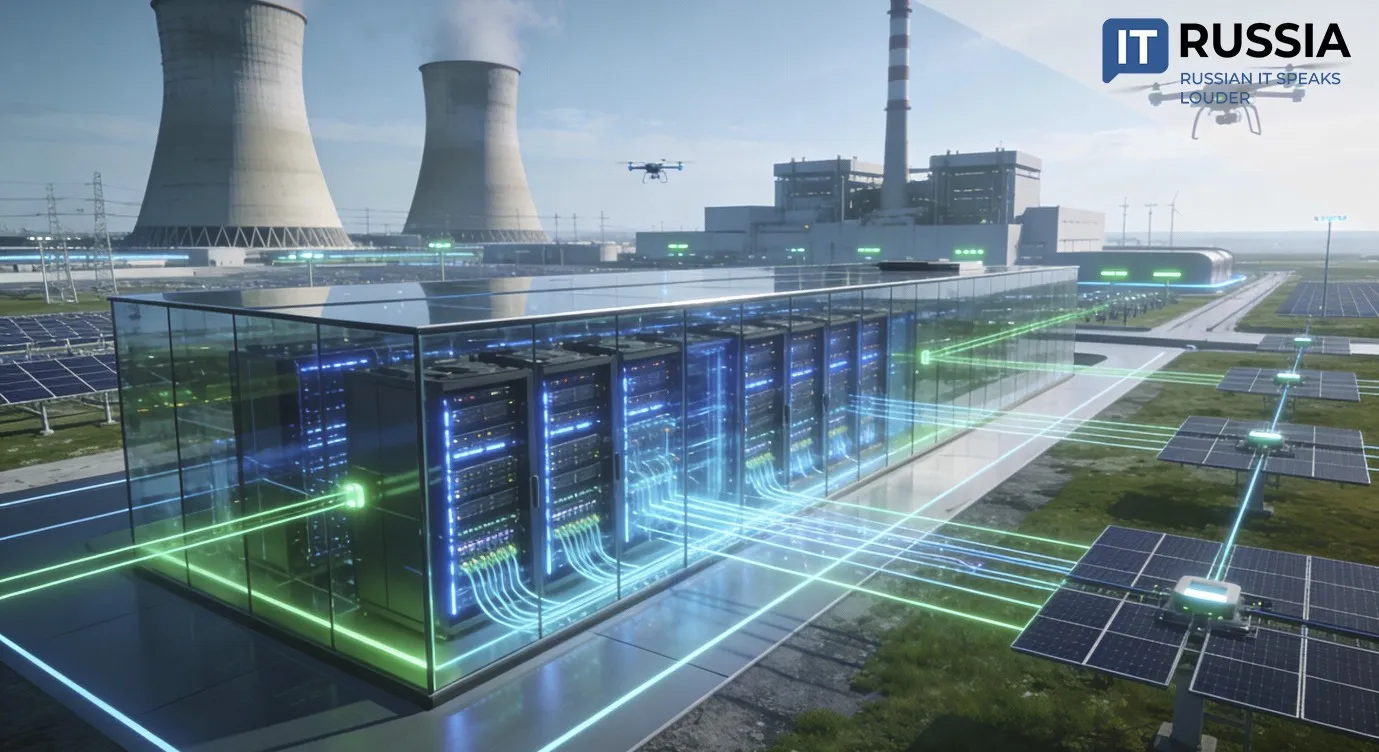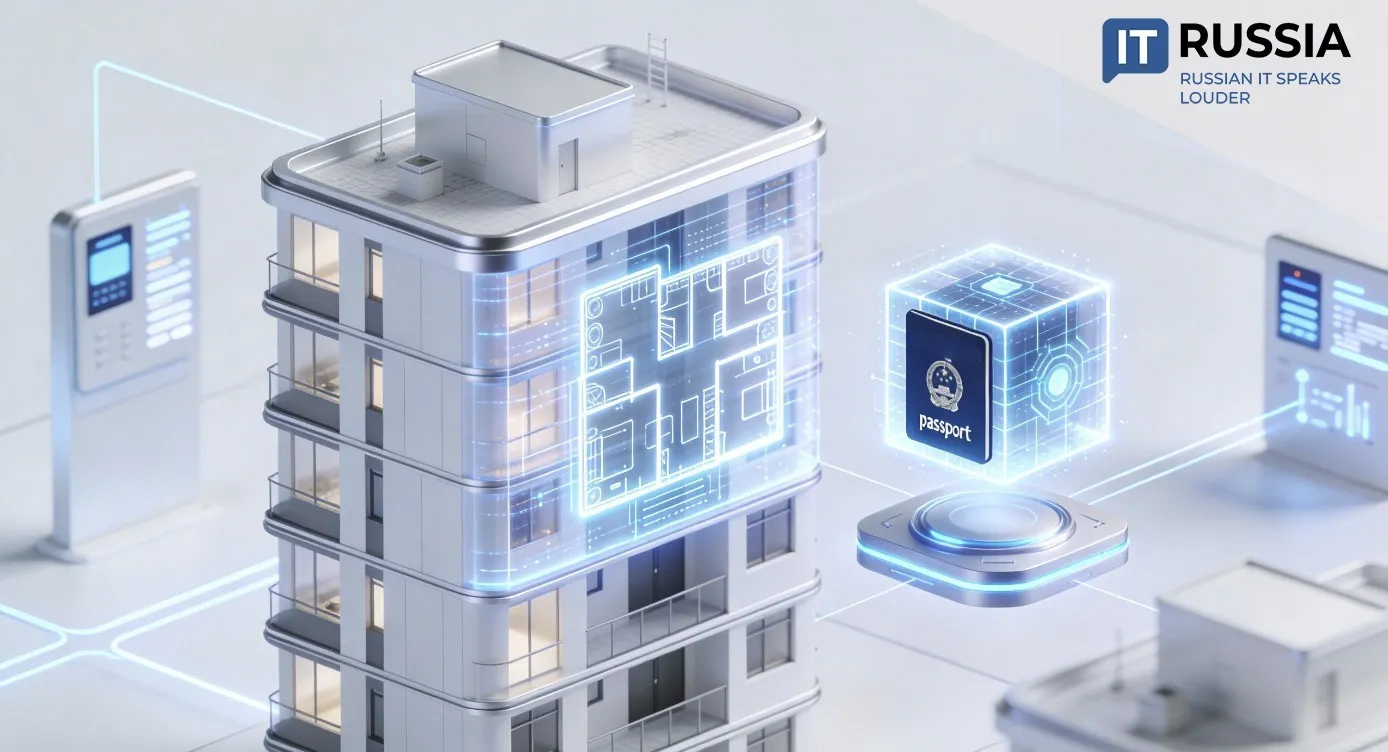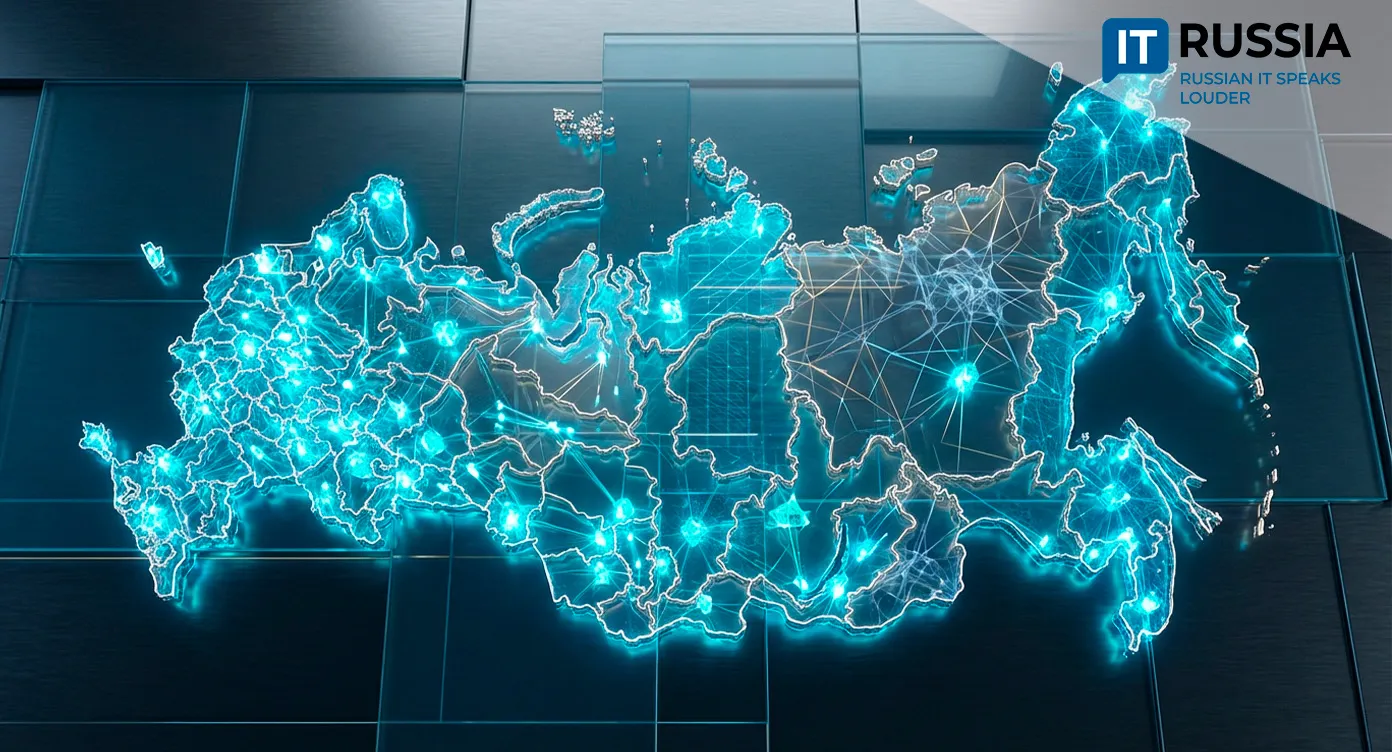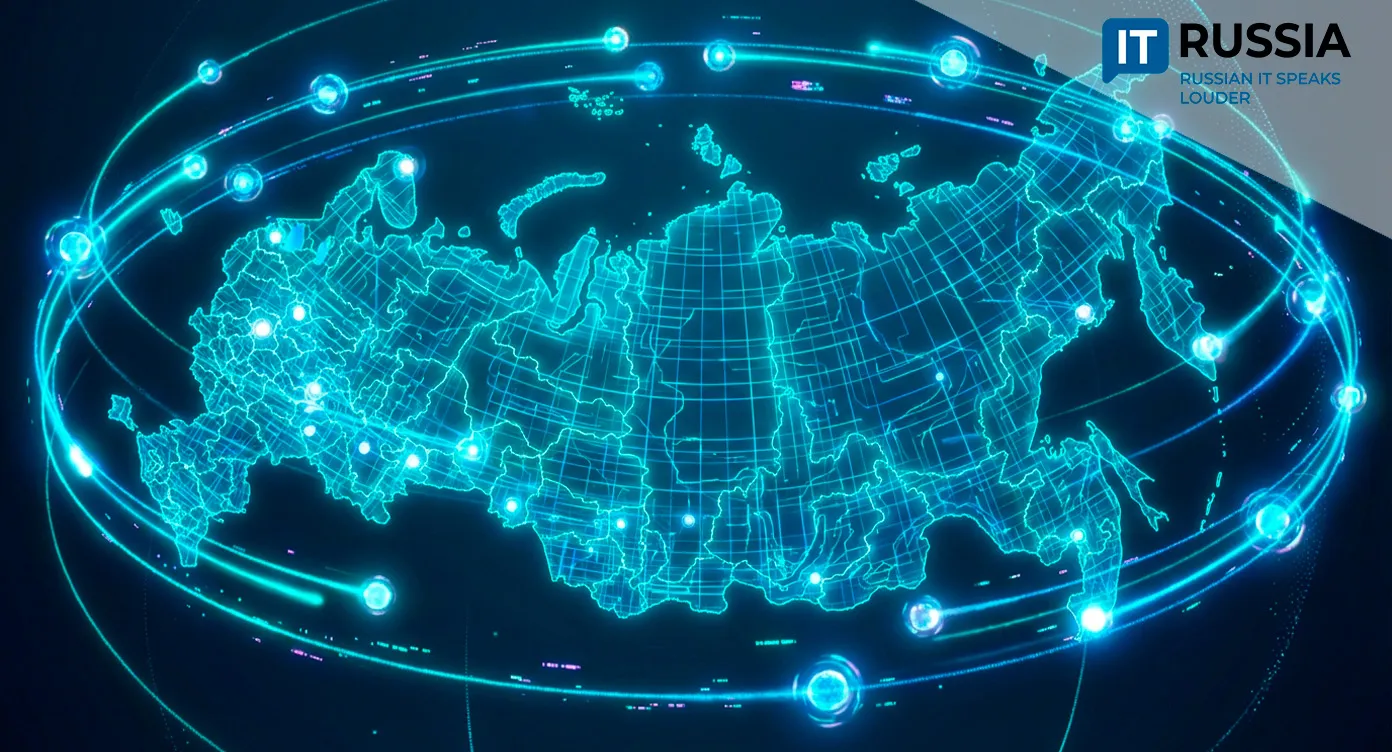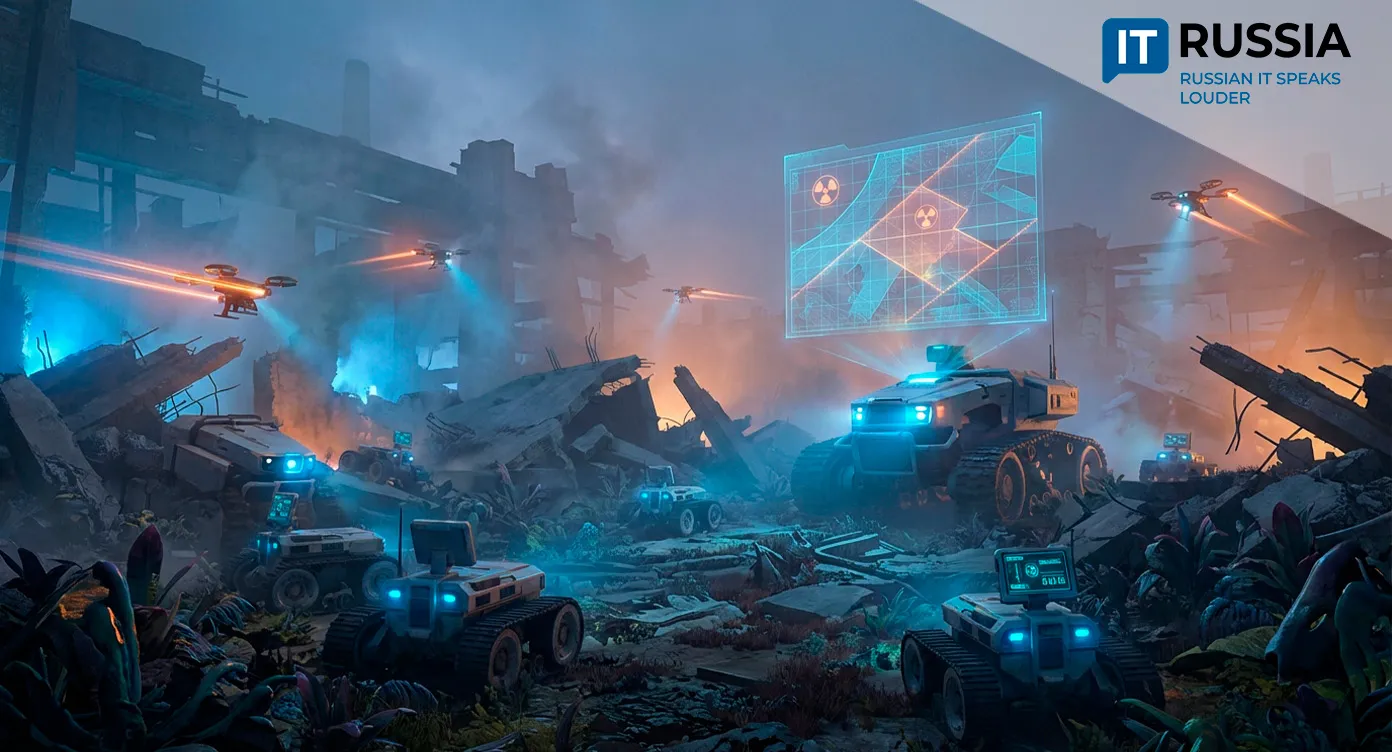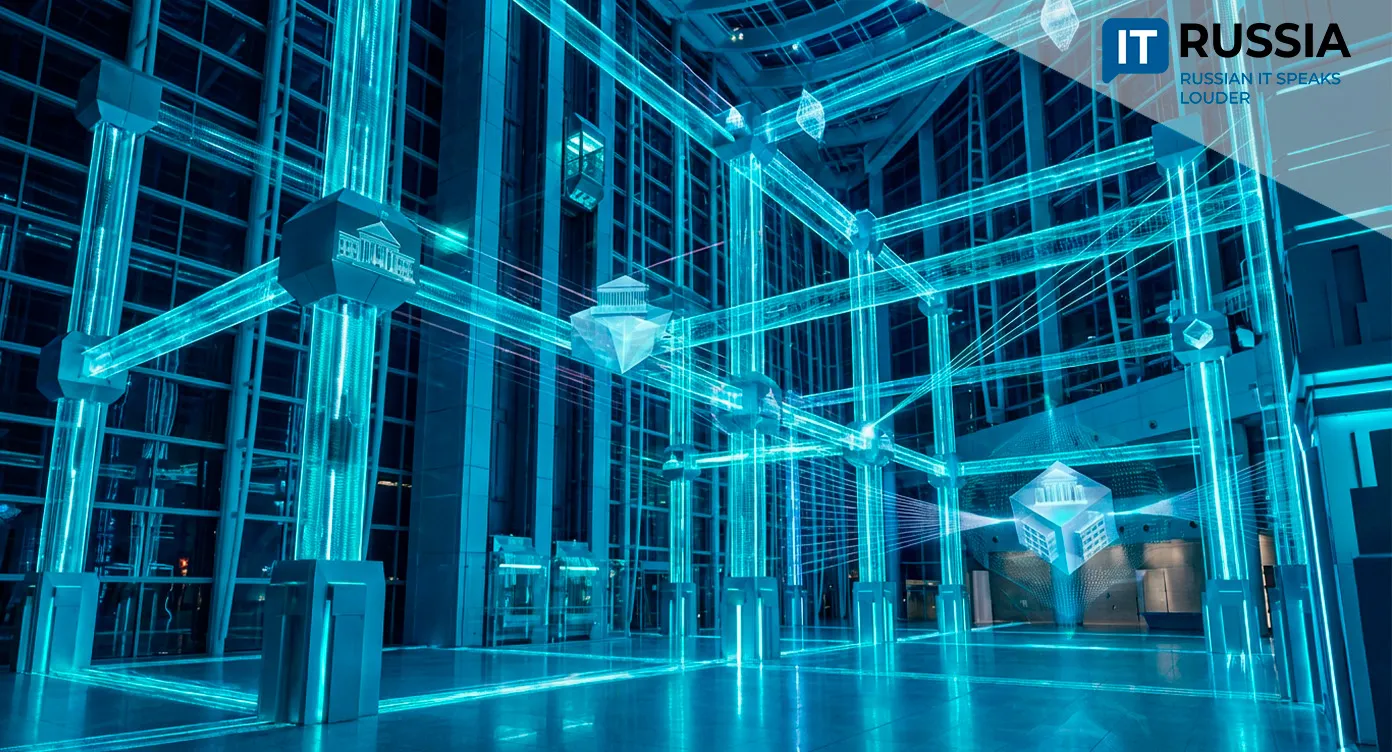Norilsk Trains ‘Fearless’ Specialists: Crane Tower Fits Inside a VR Simulator

In Taimyr College, crane operators are now being trained with the help of virtual reality. Most of the program’s first graduates have already received job offers.
Chains Clanging in the Port…
Training highly qualified professionals is a challenge in the harsh Arctic climate and demanding industrial environment. Norilsk has found a way to overcome these difficulties. Since 2023, Taimyr College, with the support of the Polar Transport Division of Norilsk Nickel, has been running a crane operator training program that uses VR simulators developed by Intechcom and Virsign.
The program lasts one year and ten months and includes subjects such as crane operation, occupational safety, metalwork, electrical engineering, and general disciplines. VR technology has made it possible to create an exact digital replica of the port of Dudinka. As Alexey Ovyann, CEO of Virsign, explained: “We built a model of Dudinka Port as close to reality as possible. It is not an abstract training area but a complete port with the same layout, berths, and operational tasks for cranes and loaders. We even simulated the local weather conditions that crane operators must face in Dudinka. This ensures that students will be well prepared for real work.”
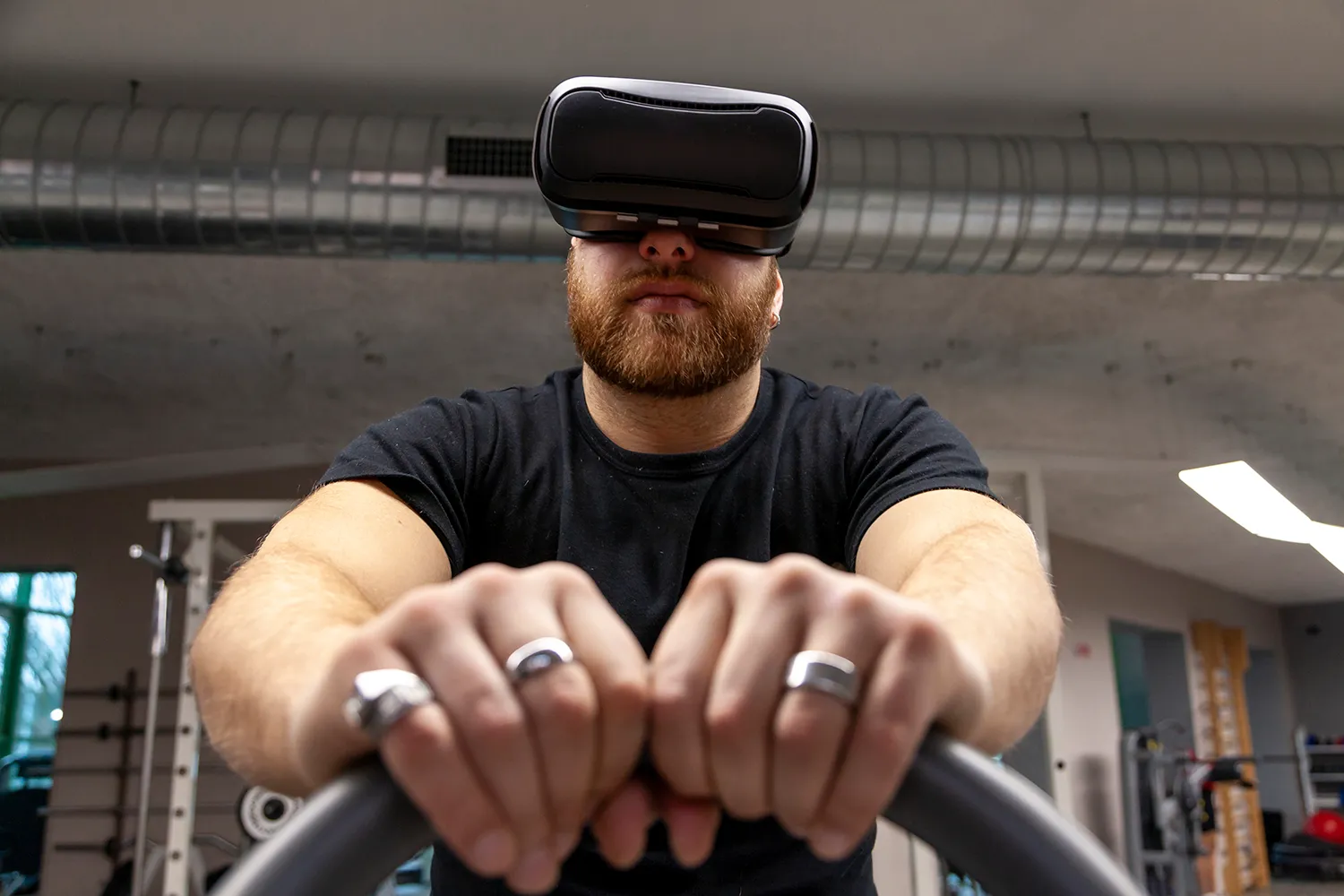
Over two years, 23 students, including two women, completed 144 hours of practice on VR simulators. In June 2025, a three-day examination concluded, and most graduates have already received job offers.
Learning in a Safe Environment
The simulator offers deep immersion with hyper-realistic graphics, a 360-degree view, and operator-style seating with functional buttons, joysticks, and steering controls. Most importantly, it replaces practice on dangerous and expensive machinery. Students under the age of 18, for instance, cannot be admitted to real port equipment due to safety regulations.
With VR, students can develop skills without risk and without putting costly equipment at stake. In the Arctic, where any mistake can have serious consequences, this safety factor is particularly critical.
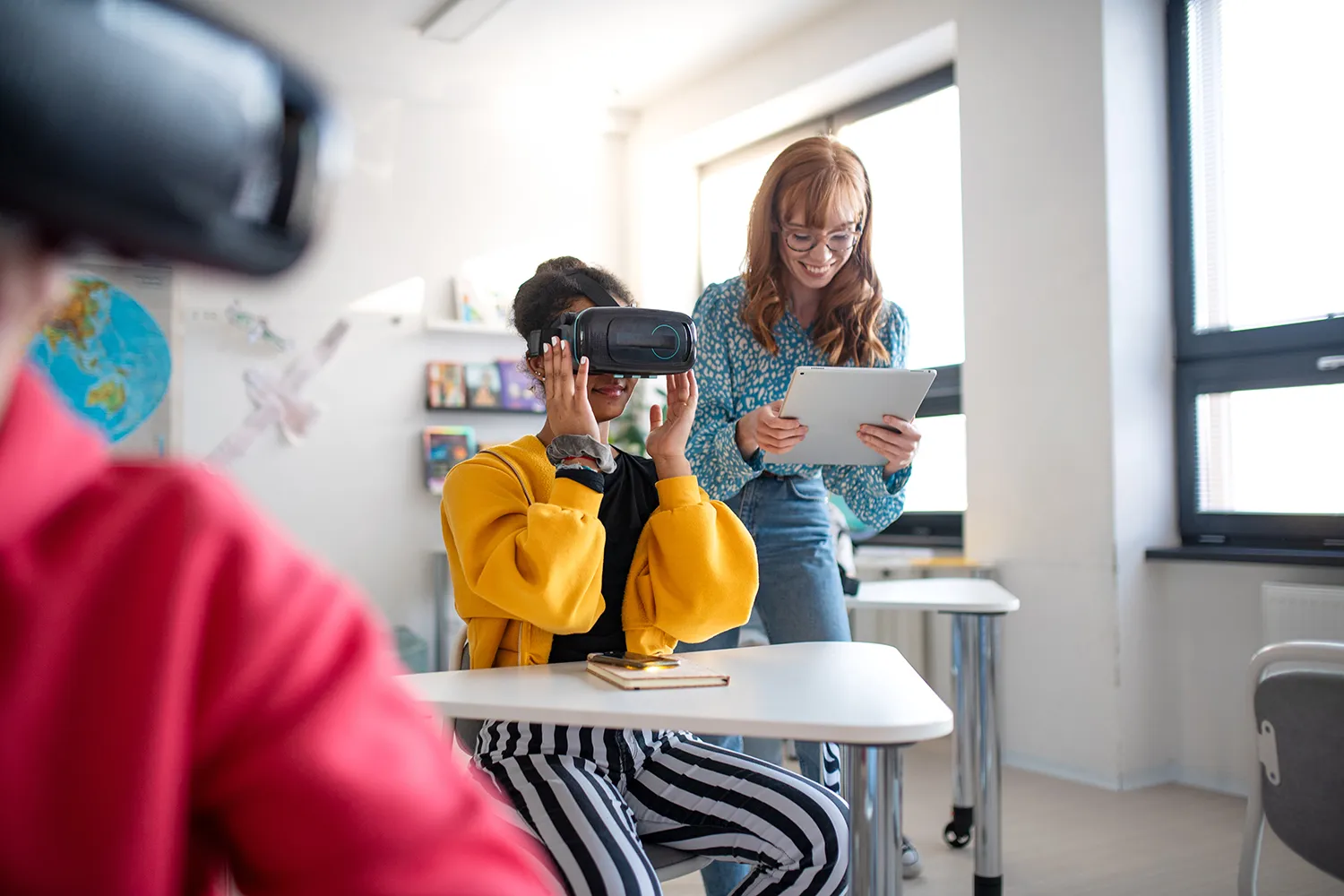
The Taimyr College project is only the first step. VR programs are expected to expand into other industries such as construction and mining in the coming years. Educational institutions across Russia will be able to adopt VR training based on this experience.
The Russian VR education model also shows strong export potential. Countries with extreme climates, from Scandinavia to Canada, face similar challenges in workforce training. Commercialization of Intechcom’s and Virsign’s solutions is only a matter of time, with negotiations already underway with universities and training centers abroad.
VR Builds Professionals
While VR in education is not entirely new, it has become truly effective and accessible in recent years. Between 2020 and 2022, VR was widely used in training operators of heavy mining and industrial equipment. For example, in 2020, Vostochnaya Tekhnika introduced VR training for bulldozers, excavators, and mining trucks. Some mining enterprises installed simulators directly at production sites so that employees could practice in safe conditions.
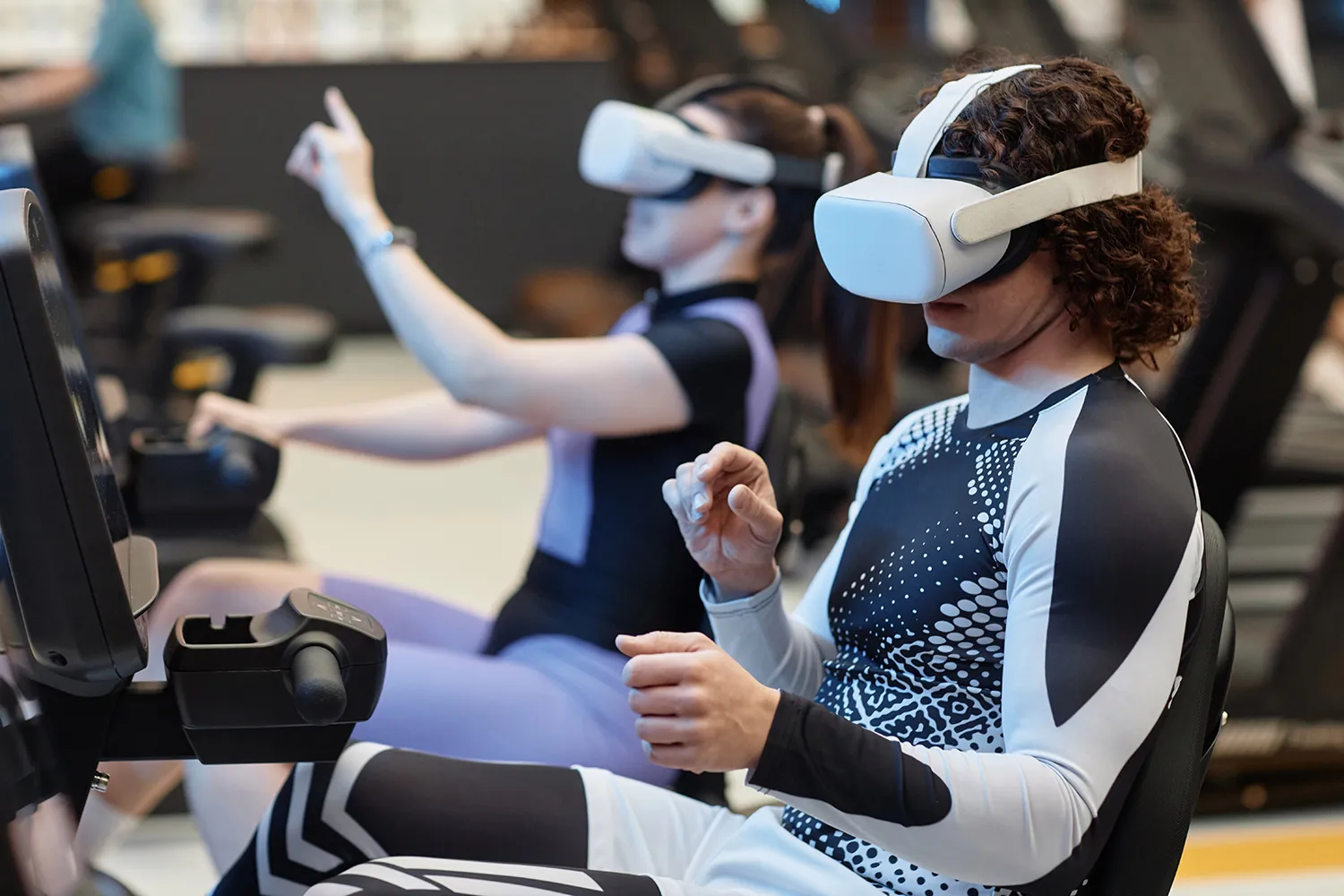
The BELAZ company offers dynamic simulators like the TV-BELAZ 75306 — a training complex with a driver’s cabin and instructor module that immerses users in real driving conditions. In the Yamal-Nenets Autonomous District, workers train with VR-based KamAZ driving simulators equipped with psychophysiological testing modules.
From 2022 to 2024, VR training entered new domains such as electricians and machine operators. Researchers at Perm Polytechnic University created a 3D simulator to train electricians in handling real equipment under lifelike conditions, without the risk of injury. In 2024, large-scale VR modules were launched for firefighters and medical staff in remote regions.
The Norilsk project stands as another clear example of how technology can address social and economic challenges. VR-based education enables safe and efficient training where traditional methods fall short. Given the growing interest in the program and the strong demand for its graduates, the initiative can be considered both successful and promising.



